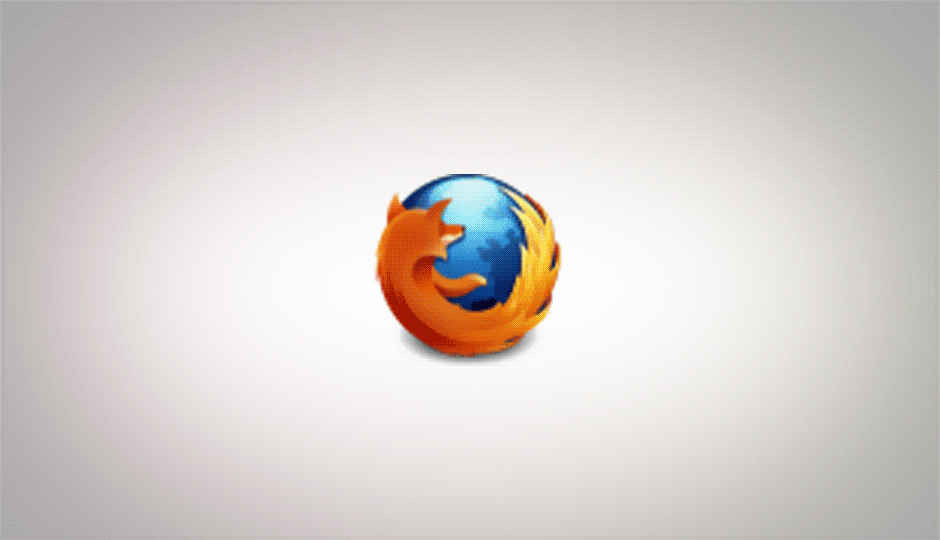Firefox 4 released

The long awaited update to Firefox is finally available for download, and has managed to beat Internet Explorer 9’s download count of 2.3 million in 24hrs in around a third the time! This isn’t surprising though, as Firefox 3.0 currently holds the record for the most downloaded software application in 24 hours with 8 million downloads back in 2008, before anyone had even heard of Google Chrome.
 Survey
SurveyTo celebrate each download, Mozilla has launched http://glow.mozilla.org/, a website that tracks each download across the world and plots it on a world map. It also provides additional statistics about the geographical distribution of downloads. It seems quite appropriate to showcase the latest HTML5 features of the browser by demonstrating them in showing how the browser is spreading across the world. Looking at the browser statistics for today, Firefox 4 already seems to have surpassed the antiquated Firefox 3.5 in usage, although this doesn’t indicate much right now.
It has been nearly 3 years since the last major update to the browser. To be fair, Firefox 3.5 was quite a major update, however it has been nearly 2 years since that too, and the browser landscape has changed considerably since then.
Google Chrome has had a significant impact on the browser market by starting a competition over browser JavaScript performance, spurring browser developers to boost their own JavaScript engines. The only winners are the users.
Firefox had not aged well in the meantime, due to the long gap between Firefox 3.6 and 4.0, a gap that it vows to never have again thanks to a rapid release cycle. It has been almost painful to see Firefox 3.6 lag so far behind in so many ways, while the nightly development versions have shown great progress, it’s a good thing this won’t happen again.
So what does Firefox 4 have to offer? We will do a more thorough review later, but here are the essentials:
New minimal UI — Firefox 4 features a new UI with minimal chrome and tabs on top. Windows versions now use Aero, and put tabs in the title-bar on maximize. Linux users too can disable their menu-bar and use the Firefox button instead.
- Firefox button — this unified button contains the features people use most often, and replaces the menu.
- Home page — Firefox 4 has a new locally hosted home-page that loads instantly
- JägerMonkey — MUCH faster JavaScript performance
- Panorama — a completely new rich way of organizing and managing tabs
- AppTabs — you can now pin tabs to the tab bar to have them launch automatically each time you launch your browser whether you restore your session or not. AppTabs collapse to the left of the titlebar to a tab the width of the websites icon
- Switch to tab — instead of ending up with multiple tabs open to the same page, Firefox now searches in open tabs while you are typing an address and offers to switch you to an already open tab
- Firefox Sync — Firefox 4 no integrates sync out-of the box, and makes it easy to sign up, configure your sync account, and to add new devices to Sync with
- Do not track — Firefox 4 user can opt out of bring tracked by websites by selecting an option in their preferences. Of course it is up to the website in question to regard the request
- Content Security Policy
- Revamped Add-on manager — Firefox 4 includes the new add-on manager that opens in a tab instead of a small window, includes an add-on details page, and better add-on search and discoverability features
- Startup time — Firefox now loads much faster and does not automatically restore your session. Instead the home page displays an option to do so on launch
- Support for latest standards — Firefox 4 comes with improvements to HTML5 and CSS3 support, and new standards such as:
- WebGL — 3D content rendered right in the browser
- WebM — Google’s new open format for HTML5 video
- File API
- Audio API
- HTML5 parser
- IndexedDB
- Hardware acceleration — Firefox 4 now features hardware acceleration of web content on Windows and Mac OS
- and many more smaller features…
Check out the following promotional videos of Firefox using an HTML5-capable browser:
Or better yet, check out demonstrations of the latest web standards at the Mozilla demos dashboard.
You can download Firefox from here.